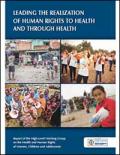Publications on Adolescents
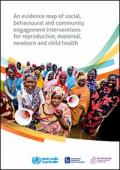
Resource | Publications,
This document provides an evidence map of existing research into a set of selected SBCE interventions for reproductive, maternal, newborn, and child health (RMNCH), the fruit of a collaboration between the WHO, the Partnership for Maternal, Newborn & Child Health (PMNCH) and the International Initiative for Impact Evaluations (3ie), supported by other partners. It represents an important way forward in this area, harnessing technical expertise, and academia to strengthen knowledge about the evidence base.
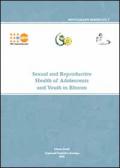
Resource | Publications,
This study is an effort to explore in depth the young people's sexual and reproductive health issues. It is expected to elicit interest from the politicians, policy makers and international partners, and stimulate public discussions on the youth issues, challenges and concerns. The report is also expected to provide guidance in designing policy interventions.
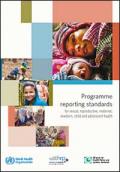
Resource | Guidelines,
This document presents version 1.0 of the Programme Reporting Standards (PRS) checklist and also provides an overview of the PRS and instructions on how to use it, including a detailed description of each section and item, and additional resources that can be used to support or complement the reporting process.

Resource | Fact Sheets,
Adolescence is a period of great change and opportunity. Investments in promoting adolescent health and wellbeing can have far reaching effects for individuals and communities, positively impacting a country’s ability to develop and thrive. Since 1984, the USAID-funded Demographic and Health Surveys (DHS) Program has collected, analyzed, and disseminated nationally representative data on population, health, HIV, and nutrition through more than 300 surveys in 90 countries.
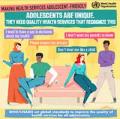
Resource | Infographics,
Adolescents (aged 10 – 19 years) are unique. Not only is adolescence a period of life when people are particularly vulnerable to certain health issues, it is also a time when critical behaviours are shaped that will affect health in the future. They need quality health services that recognize this.

Resource | Publications,
In 2000 the National Adolescent Sexual and Reproductive Health Strategy was developed by the Family Health Division (FHD) of the Ministry of Health and Population (MoHP). Following the strategy, in 2007 the implementation guidelines for ASRH were developed, and in 2010 the National Adolescent Sexual and Reproductive Health Programme was developed by FHD. In addition National Adolescent Friendly Health Services (AFHS) standards and actions was developed as required at the programmatic and facility level.

Resource | Publications,
This annual report marks not only another exciting year of the Global Financing Facility in support of Every Woman Every Child (GFF), but the end of its first phase. In this report from the GFF secretariat, we want to share with you what we have learned from countries that makes us excited and confident in the GFF as a pathfinder for a new way of financing development.
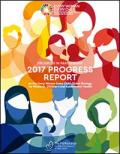
Resource | Publications,
This report showcases how multisectoral and multistakeholder partnerships are working across the life-course to ensure equitable access to quality and affordable care. Around the world, and across sectors, we are coming together to deliver together on a shared vision for, and of, women, children and adolescents as critical agents of change.






